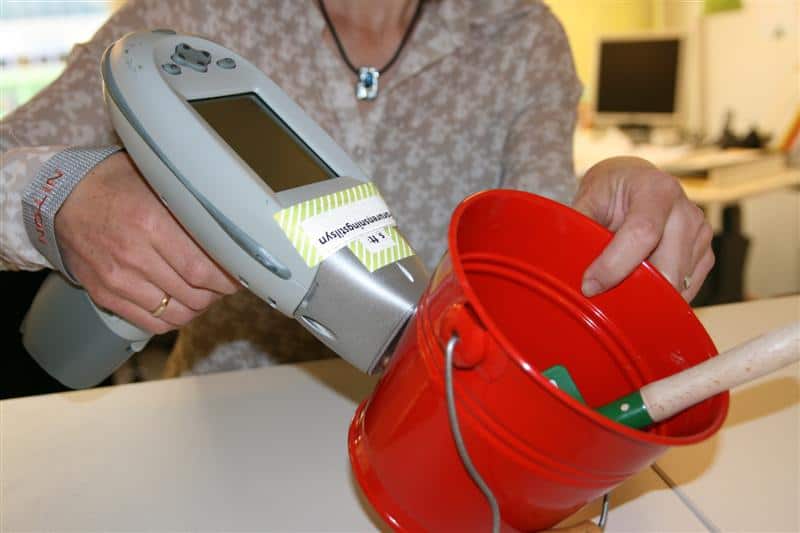Prior to 1978, lead was added to paint to aid with drying and durability. After years of use, it was discovered that lead exposure could result in serious health problems, especially to young children.
As a result, lead based paints were banned from residential use although many older homes still contain varying amounts of lead paint.

How does lead exposure occur?
As lead based paint deteriorates, lead containing paint chips and dust are released into the air and collect on surfaces. These lead containing particles are then ingested orally or breathed into the lungs. According to the Centers for Disease Control and Prevention (CDC), the body absorbs the highest amount of lead when it is breathed in.
Lead containing paint chips and dust are mostly found in areas that experience a lot of friction such as windows, doors, cabinets, and floors. Home owners can reduce their exposure to lead by maintaining these areas free of dust and having any deteriorated paint removed by a qualified professional.

Symptoms of Lead Exposure
Symptoms of lead exposure may develop quickly or over several months or years. In the short term, a person that has been exposed to lead may experience abdominal pain, constipation, headaches, irritability, memory loss, and pain or tingling in the hands or feet.
Within the body, lead can be stored inside a person’s bones and tissues resulting in prolonged exposure. As a person ages, lead is slowly released and circulated throughout the body increasing the levels of lead in the blood. Long term exposure to lead has been known to cause damage to the brain and nervous system, reduced fertility, speech and hearing difficulty, depression, and even some forms of cancer.
Lead Testing

Homes built before 1978 should be tested to determine the levels of lead present in the home. Lead testing is usually done with an XRF machine which is a handheld device that measures the amount of lead present in a specific area. The certified lead assessor will test multiple areas in the home and may even collect dust or soil samples for laboratory testing.
XRF test results of 1.0 milligram (or more) of lead per square centimeter are considered hazardous.
Lead Paint Remediation
If your home contains high levels of lead, remediation is strongly recommended. Lead based paint can be remediated through encapsulation or abatement.
Encapsulation is the process of sealing the existing paint with a thick epoxy-like material that protects the paint from chipping or deterioration. According to the EPA, encapsulation can be very effective and greatly reduce the risk of lead exposure.
Abatement is the process of physically removing the lead containing paint in the home. This process should be done by an EPA certified contractor and can be very expensive depending on the amount of lead paint present in the home. An EPA certified contractor will ensure the lead particles are being contained and disposed of properly.
Buying a home? At Home Check, we help home buyers get the facts about their homes. Our licensed home inspectors are trained to recognize defects that could affect the safety of your family or the value of your home. Call us today to schedule an inspection or visit our website to get a home inspection quote.

